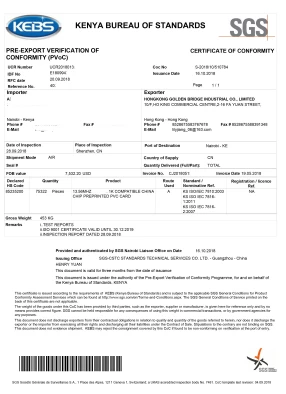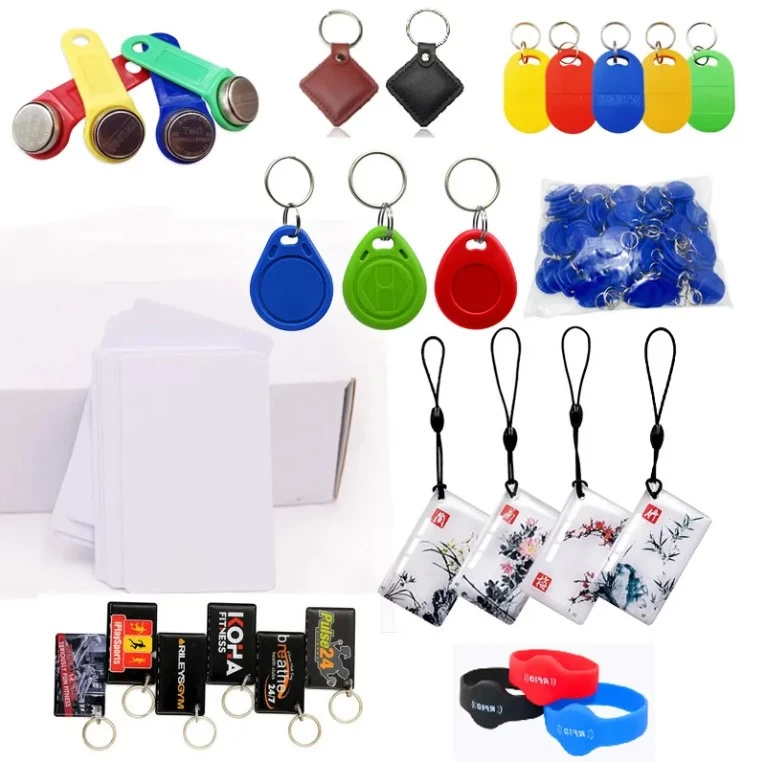Library Use RFID UHF Label To Manage Their Books
TAGSYS’ GemTRAK RFID UHF Label has been specifically designed to meet the tracking requirements of the jewelry industry in terms of size, shape and ease of fixation. With the high costs of aircraft parts, RFID technology allowed being to keep track of inventory despite the unique sizes, shapes and environmental concerns. Wal-Mart and the United States Department of Defense have published requirements that their vendors place RFID tags on all shipments to improve supply chain management. Due to the size of these two organizations, their RFID mandates impact thousands of companies worldwide.
The deadlines have been extended several times because many vendors face significant difficulties implementing RFID systems. In time it is expected that even small companies will be able to place RFID tags on their outbound shipments. Since January 2005, Wal-Mart has required its top 100 suppliers to apply RFID UHF label to all shipments. To meet this requirement, vendors use RFID printer to label cases and pallets that require EPC tags for Wal-Mart.
These smart labels are produced by embedding RFID inlays inside the label material, and then printing bar code and other visible information on the surface of the label. Manufacturers of products sold through retailers promote their products by offering discounts for a limited period on products sold to retailers with the expectation that the retailers will pass on the savings to their customers. An early experiment with RFID implants was conducted by British professor of cyberneticsKevin Warwick, who implanted a chip in his arm in 1998.
The information is read by an RFID reader, which replaces the standard barcode reader commonly found at a library’s circulation desk. It may replace or be added to the barcode, offering a different means of inventory management by the staff and self service by the borrowers. It can also act as a security device, taking the place of the more traditional electromagnetic security strip and not only the books, but also the membership cards could be fitted with an ACM RFID UHF label. RFID has many library applications that can be highly beneficial, particularly for circulation staff.
While there is some debate as to when and where RFID UHF label in libraries first began, it was first proposed in the late 1990s as a technology that would enhance workflow in the library setting. Singapore was certainly one of the first to introduce RFID in libraries and Rockefeller University in New York may have been the first academic library in the United States to utilize this technology, whereas Farmington Community Library in Michigan may have been the first public institution, both of which began using RFID in 1999. To their surprise, 70% used the RFID option and quickly adapted, including elderly people.


























